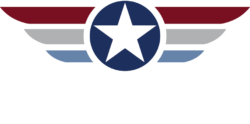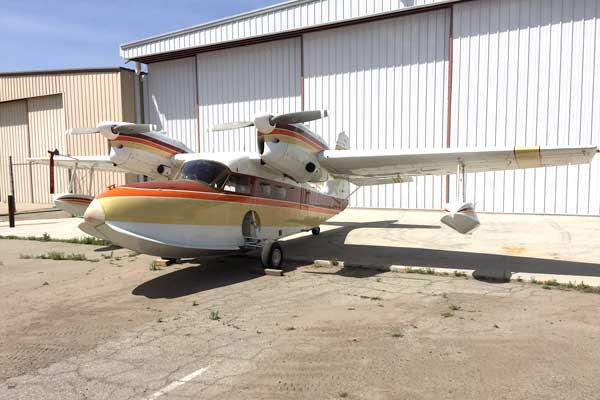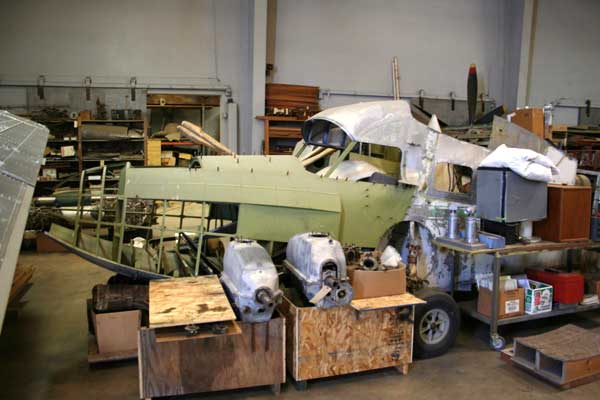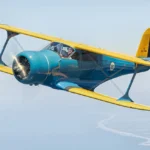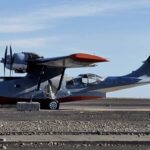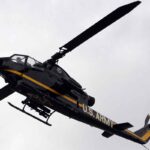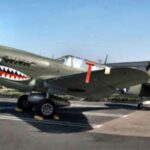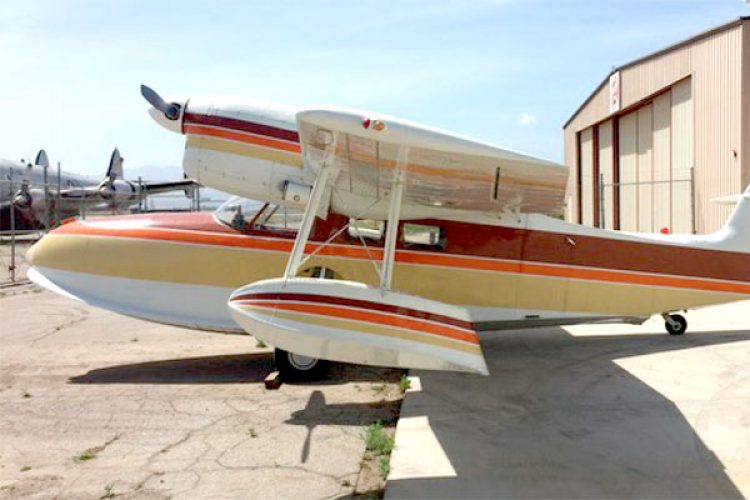
Service History BuNo 37768 / NC9870H / N33Q
Served as USN BuNo 37768 in WWII
1946 Registered as NC9870H
1975 Registered as N33Q
2016 Acquired by Yanks
In 1940, following the success of the G-21 Goose, Grumman added the similar but smaller Widgeon to its growing number of amphibious aircraft designs. Built for the civilian market and while loved by sportsmen it quickly found use as a patrol and anti-submarine aircraft after the US entry into the WWII in 1941. One hundred thirty-one Widgeons saw service with the US Navy as the J4F-2. Widgeons operated by the US Coast Guard and the newly formed Civil Air Patrol reported several sightings of German U-boats operating off the US coast in the first year of the war and often attempted to attack with depth charges and small bombs.
Following the end of the war the Widgeon received a redesign from Grumman to better suit civilian use with production ceasing in 1949. An additional forty-one aircraft were built under license in La Rochelle, France. Design modifications made by McKinnon Enterprises in Sandy, Oregon resulted in a number of aircraft being renamed “Super Widgeons”. The Widgeon gained fame as the aircraft seen in the opening scene of popular television series Fantasy Island with the character Tattoo, played by Hervé Villechaize, shouting the famous line “The Plane! The Plane!”.
